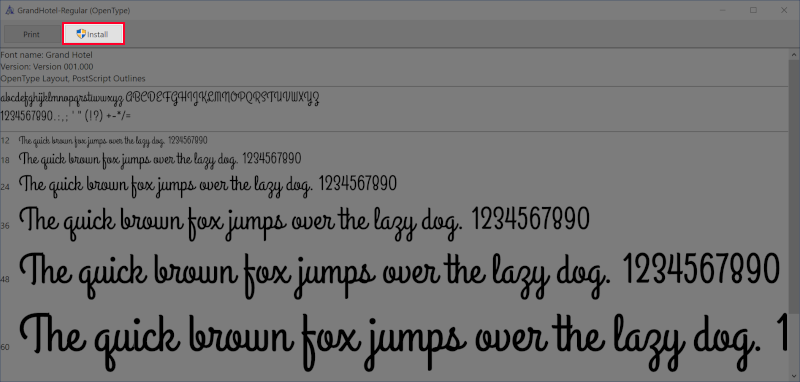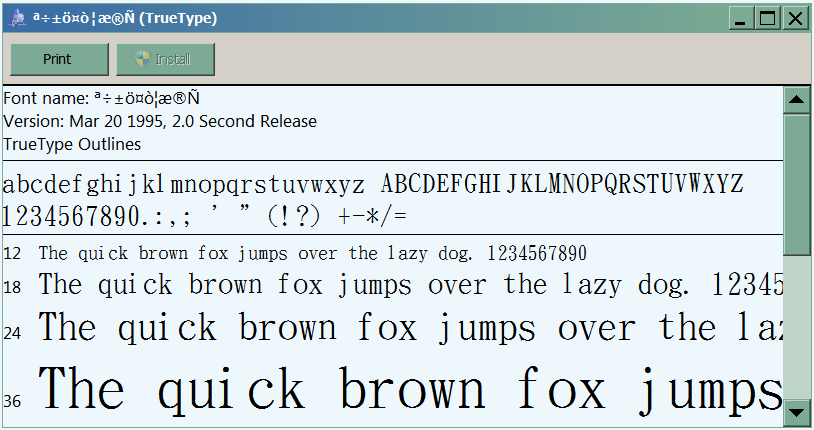

The integration of tools for drawing and lettering is another. Working with the different kinds of stitches is one difficulty. Ink/Stitch can currently read the following file formats: 100, 10o, BRO, DAT, DSB, DST, DSZ, EMD, EXP, EXY, FXY, GT, INB, JEF, JPX, KSM, MAX, MIT, NEW, PCD, PCM, PCQ, PCS, PEC, PES, PHB, PHC, SEW, SHV, STC, STX, TAP, TBF, U01, VP3, XXX, ZXY and also GCode as TXT file.įor the more important task of writing/saving your work, Ink/Stitch supports far fewer formats: DST, EXP, JEF, PEC, PES, U01, VP3 and of course SVG, CSV and GCode as TXTīesides the problem of all these file formats, there are other problems that a potential stitch program has to overcome. If you are interested in deeper knowledge about these file formats, see here for more information. This is just a small selection of the file formats that are available for embroidery. ZSK – ZSK machines on the american market XXX – Compucon, Singer embroidery home sewing machines. EXP – Melco commercial embroidery sewing machines.

DST – Tajima commercial embroidery sewing machines. VP3 – newer Pfaff embroidery home sewing machines. VIP – old Pfaff format also used by Husqvarna machines. PCS – Pfaff embroidery home sewing machines. HUS – Husqvarna/Viking embroidery home sewing machines.

PEC – Brother and Babylock embroidery home sewing machines. PES – Brother and Babylock embroidery home sewing machines. CSD – Poem, Huskygram, and Singer EU embroidery home sewing machines. In some cases, even a single manufacturer may use several different file formats. There is a problem with the proliferation of file formats for embroidery machines especially among manufacturers that cook their own file format for their machines. It is hardly worthwhile to develop applications for Linux. The manufacturers can’t be blamed for the prices of these machines and the number of Linux users. Ink/Stitch started out using libembroidery. The logo of the Ink/Stitch project Open Source and Embroidery Design Today, only one solution is left – Ink/Stitch And this is after having had a fundraising campaign. But you could run it in Wine.Īnother solution for Linux – Embroidermodde – is not really developed anymore.
#ADDING FONTS TO INKSCAPE SOFTWARE#
Also, the most used manufacturer-independent software of this area – Embird – is only available for Windows. But most, if not all, of these applications are Windows-only. Some of the home machines include their own software for designing embroidery. They are an investment that can pay off quickly. Even the prices for commercial single-head embroidery machines are down to 5,000 US dollars. If you don’t want to or can’t buy one yourself, the nearest MakerSpace often has one. Home embroidery machines are now available for 500 US dollars. Also the prices for more “traditional ” machines such as embroidery machines have fallen during recent years. You could say it all began with the inexpensive option of 3D printing followed by also not expensive CNC machines and laser cutters/engravers. In the last few years the do-it-yourself or maker scene has experienced a boom. Ink/Stitch is an extension for designing embroidery with Inkscape. This article will examine another Inkscape extension – Ink/Stitch.
#ADDING FONTS TO INKSCAPE HOW TO#
The first article of this series showed how to produce GCode with Inkscape. Also, Inkscape can do a lot more than just graphics. With vector graphics (in our case SVG) a lot more can be done. Inkscape, the most used and loved tool of Fedora’s Design Team, is not just a program for doing nice vector graphics.


 0 kommentar(er)
0 kommentar(er)
